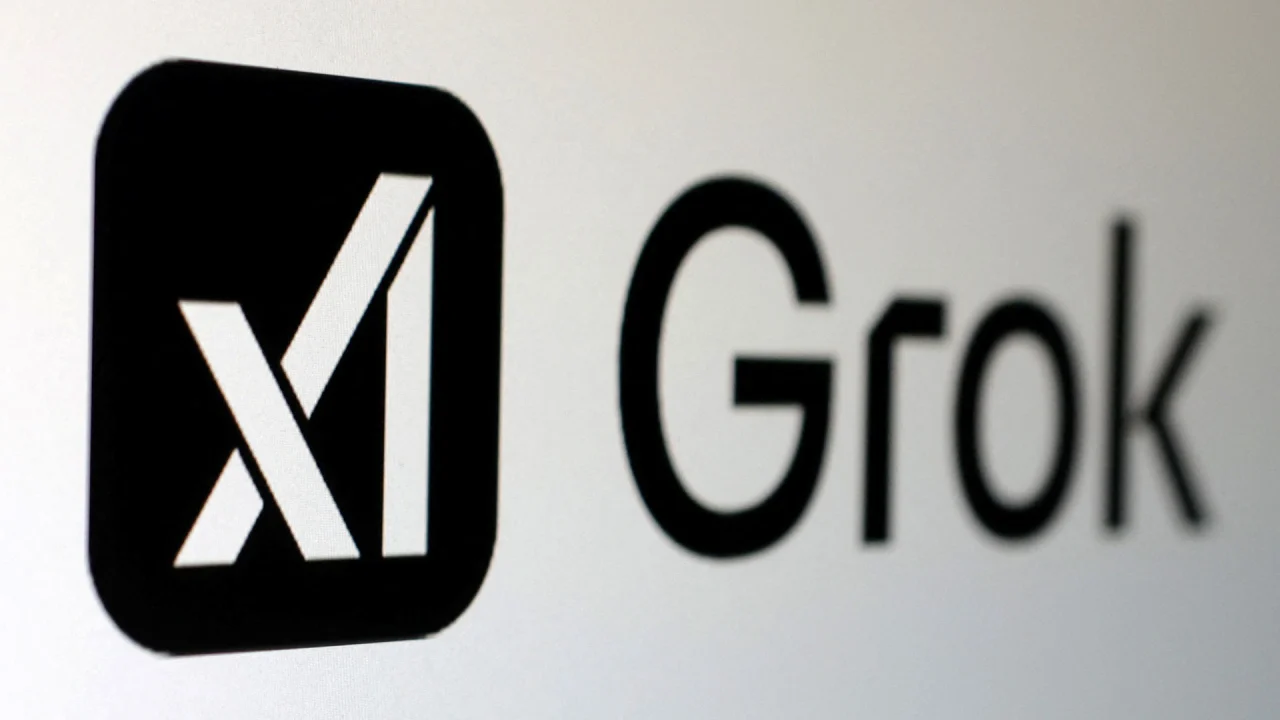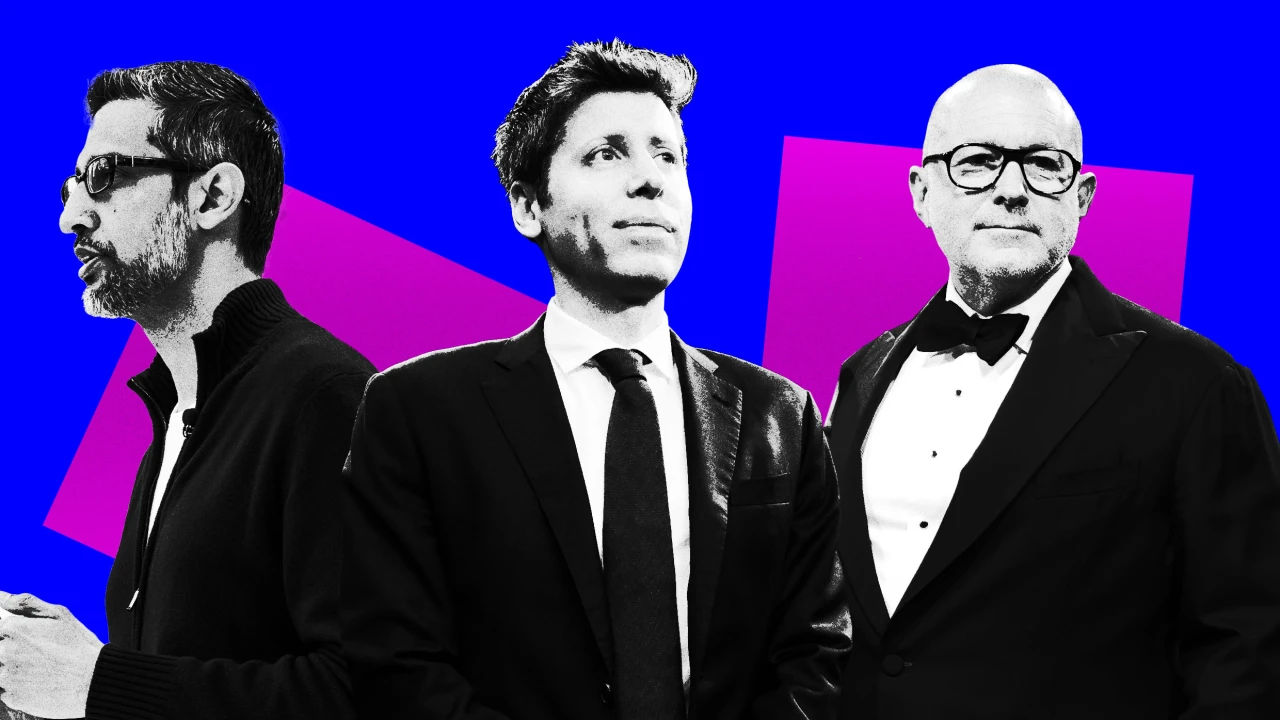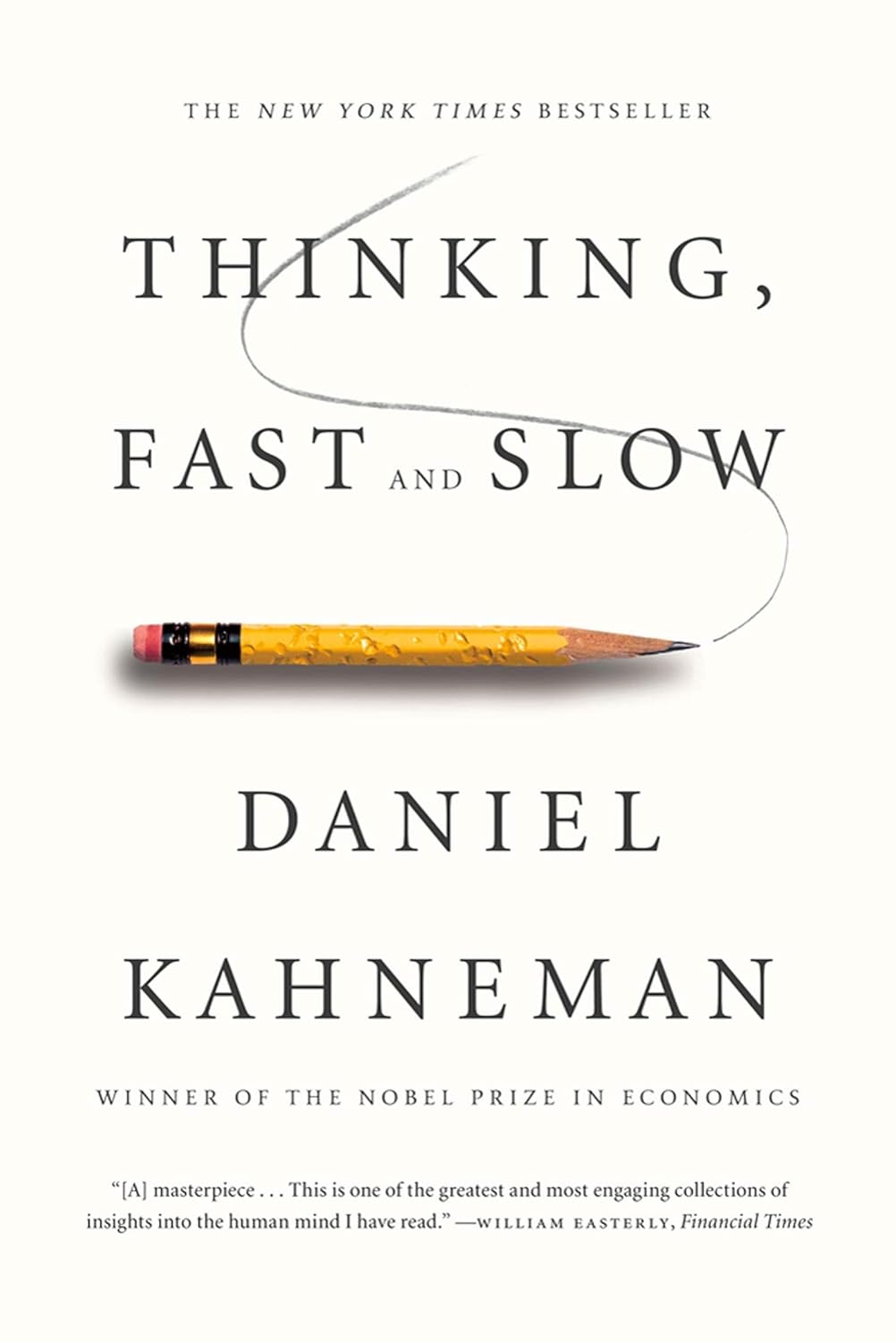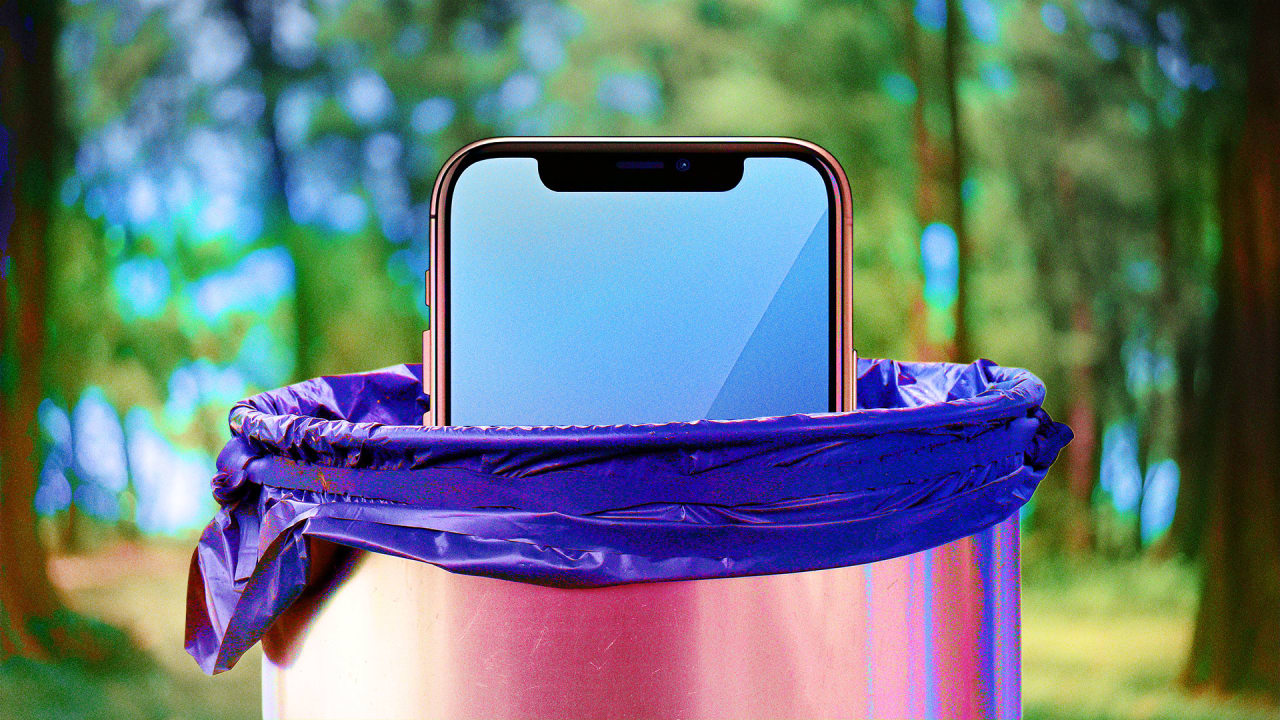What songwriting can teach us about innovation
Business leaders love to talk about innovation. But for all the energy poured into frameworks and strategy decks, most teams rarely experience what innovation actually feels like. Real innovation is uncertain, emotional, iterative, and profoundly human. That’s why Cliff has spent the past several years guiding organizations through songwriting experiences—yes, literal songwriting—to unlock the emotional and relational capacities that innovation demands. And as someone who works at the intersection of story, leadership, and transformational design, Tony sees this as more than a clever workshop: it’s a reorientation. The same skills it takes to write a compelling song—lateral thinking, storytelling, empathy, collaboration, and creative risk-taking—are the ones we need to build bold, resilient cultures. Songwriting teaches us more than how to think differently; it teaches us how to be different together. Innovation Is an Emotional Skill Innovation is often framed as a technical challenge. But research suggests the opposite: it’s emotional first. According to McKinsey & Company, organizations with the highest innovation scores also rank highest on soft skills like trust, emotional intelligence, and psychological safety. Meanwhile, Gallup data shows only 29% of employees say they’re expected to be creative at work, and just three in ten feel they have the chance to do what they do best every day. The problem isn’t a lack of ideas. It’s a lack of environments where risk, play, and expression are welcomed, let alone expected. This is where songwriting changes the game. In the space of a single facilitated session, teams cocreate something meaningful from nothing. They navigate ambiguity, listen closely, reframe messages—and yes, make something that sings. Not because they’re professional musicians, but because they’re immersed in a process that demands trust, presence, and creative momentum. The Seven Innovation Skills, As Told by Songwriting Too often, we treat creativity as a side activity. But songwriting isn’t an extra. It’s a mirror for the innovation journey itself. Here’s how it maps directly to seven essential innovation skills and why it works: 1. Lateral Thinking → The Metaphor. Innovation means getting out of the obvious. Writing metaphors trains the brain to think sideways, to turn literal ideas into poetic ones. It’s not just a creativity hack—it’s a neurological shift. Stuck thinking begins to loosen. 2. Creativity → The Verse. Creativity isn’t magic; it’s a method. Writing verses requires sequencing, voice, and structure. It’s storytelling in rhythm. For teams, this becomes practice in shaping ideas with intention and clarity, something we should emphasize in narrative strategy sessions. 3. Communication → The Chorus. A chorus carries the emotional center of the song. It must resonate, repeat, and land. Similarly, every great innovation needs a core message that sticks. The chorus teaches teams to distill complexity into coherence and find the line people will remember. 4. Empathy → Observation. To write lyrics that land, you need to observe deeply. What’s unsaid? What’s felt? Songwriting strengthens the skill of attunement—the ability to read emotional subtext, a fundamental asset for human-centered innovation. 5. Collaboration → Cowriting. Cowriting is the innovation lab in miniature. There’s friction, refinement, and co-ownership. Innovation isn’t about consensus. It’s about staying in creative tension long enough to find something better than anyone could create alone. 6. Risk-Taking → Vulnerability. Sharing lyrics out loud is deeply vulnerable. Singing them? Even more so. But when teams experience structured creative risk in a psychologically safe space, their tolerance for ambiguity expands, and their courage grows. 7. Diffusion → Performance. A song doesn’t live until it’s shared. Performing it completes the arc. Like any innovation, it’s not enough to build something—you have to deliver it. Performance transforms creativity into connection. It makes the work matter. One Team’s Transformation When Cliff leads a songwriting program, participants are never told beforehand they’ll be writing and performing a song. Why? Two reasons. First, it avoids the anticipatory resistance that creative work can trigger. Second, the moment they discover what’s coming, it unlocks a kind of flow state—one where fear and distraction give way to full presence. At a recent offsite for a Fortune 500 company, one participant, a former prison warden, started out stone-faced and silent. But when the group chose “80s metal ballad” as the genre for their song, he lit up. Not only did he contribute lyrics, but he also sang lead vocals at the end. His transformation from skeptic to center-stage performer reframed how his team saw him and how he saw himself. Culture as a Creative Practice In our work, we both see this truth: innovation isn’t just a process to ma

Business leaders love to talk about innovation. But for all the energy poured into frameworks and strategy decks, most teams rarely experience what innovation actually feels like. Real innovation is uncertain, emotional, iterative, and profoundly human.
That’s why Cliff has spent the past several years guiding organizations through songwriting experiences—yes, literal songwriting—to unlock the emotional and relational capacities that innovation demands. And as someone who works at the intersection of story, leadership, and transformational design, Tony sees this as more than a clever workshop: it’s a reorientation. The same skills it takes to write a compelling song—lateral thinking, storytelling, empathy, collaboration, and creative risk-taking—are the ones we need to build bold, resilient cultures.
Songwriting teaches us more than how to think differently; it teaches us how to be different together.
Innovation Is an Emotional Skill
Innovation is often framed as a technical challenge. But research suggests the opposite: it’s emotional first. According to McKinsey & Company, organizations with the highest innovation scores also rank highest on soft skills like trust, emotional intelligence, and psychological safety. Meanwhile, Gallup data shows only 29% of employees say they’re expected to be creative at work, and just three in ten feel they have the chance to do what they do best every day.
The problem isn’t a lack of ideas. It’s a lack of environments where risk, play, and expression are welcomed, let alone expected.
This is where songwriting changes the game. In the space of a single facilitated session, teams cocreate something meaningful from nothing. They navigate ambiguity, listen closely, reframe messages—and yes, make something that sings. Not because they’re professional musicians, but because they’re immersed in a process that demands trust, presence, and creative momentum.
The Seven Innovation Skills, As Told by Songwriting
Too often, we treat creativity as a side activity. But songwriting isn’t an extra. It’s a mirror for the innovation journey itself. Here’s how it maps directly to seven essential innovation skills and why it works:
1. Lateral Thinking → The Metaphor. Innovation means getting out of the obvious. Writing metaphors trains the brain to think sideways, to turn literal ideas into poetic ones. It’s not just a creativity hack—it’s a neurological shift. Stuck thinking begins to loosen.
2. Creativity → The Verse. Creativity isn’t magic; it’s a method. Writing verses requires sequencing, voice, and structure. It’s storytelling in rhythm. For teams, this becomes practice in shaping ideas with intention and clarity, something we should emphasize in narrative strategy sessions.
3. Communication → The Chorus. A chorus carries the emotional center of the song. It must resonate, repeat, and land. Similarly, every great innovation needs a core message that sticks. The chorus teaches teams to distill complexity into coherence and find the line people will remember.
4. Empathy → Observation. To write lyrics that land, you need to observe deeply. What’s unsaid? What’s felt? Songwriting strengthens the skill of attunement—the ability to read emotional subtext, a fundamental asset for human-centered innovation.
5. Collaboration → Cowriting. Cowriting is the innovation lab in miniature. There’s friction, refinement, and co-ownership. Innovation isn’t about consensus. It’s about staying in creative tension long enough to find something better than anyone could create alone.
6. Risk-Taking → Vulnerability. Sharing lyrics out loud is deeply vulnerable. Singing them? Even more so. But when teams experience structured creative risk in a psychologically safe space, their tolerance for ambiguity expands, and their courage grows.
7. Diffusion → Performance. A song doesn’t live until it’s shared. Performing it completes the arc. Like any innovation, it’s not enough to build something—you have to deliver it. Performance transforms creativity into connection. It makes the work matter.
One Team’s Transformation
When Cliff leads a songwriting program, participants are never told beforehand they’ll be writing and performing a song. Why? Two reasons. First, it avoids the anticipatory resistance that creative work can trigger. Second, the moment they discover what’s coming, it unlocks a kind of flow state—one where fear and distraction give way to full presence.
At a recent offsite for a Fortune 500 company, one participant, a former prison warden, started out stone-faced and silent. But when the group chose “80s metal ballad” as the genre for their song, he lit up. Not only did he contribute lyrics, but he also sang lead vocals at the end. His transformation from skeptic to center-stage performer reframed how his team saw him and how he saw himself.
Culture as a Creative Practice
In our work, we both see this truth: innovation isn’t just a process to manage. It’s a culture to curate. And culture doesn’t change through mandates. It changes through meaning. It changes when teams gather around a campfire, share a personal story, or sketch the opening lyrics of something no one’s ever made before.
That’s why we design offsites around nature walks and story circles—not because they’re trendy, but because they’re necessary. Creativity needs conditions. Songwriting creates them. When leaders make space for art, ritual, and emotion, they’re not just encouraging creativity. They’re building the emotional infrastructure innovation requires.
Your next strategy session doesn’t need more slides; it might just need a chorus. We don’t teach songwriting to turn executives into musicians. We teach it because songwriting is a shortcut to the human skills of innovation. It’s experiential, connective, and brings people back to what it feels like to make something that matters. And more than anything, it reminds teams that creativity isn’t far away. It’s already in the room—waiting to be invited in.








































































































![Building A Digital PR Strategy: 10 Essential Steps for Beginners [With Examples]](https://buzzsumo.com/wp-content/uploads/2023/09/Building-A-Digital-PR-Strategy-10-Essential-Steps-for-Beginners-With-Examples-bblog-masthead.jpg)



















































